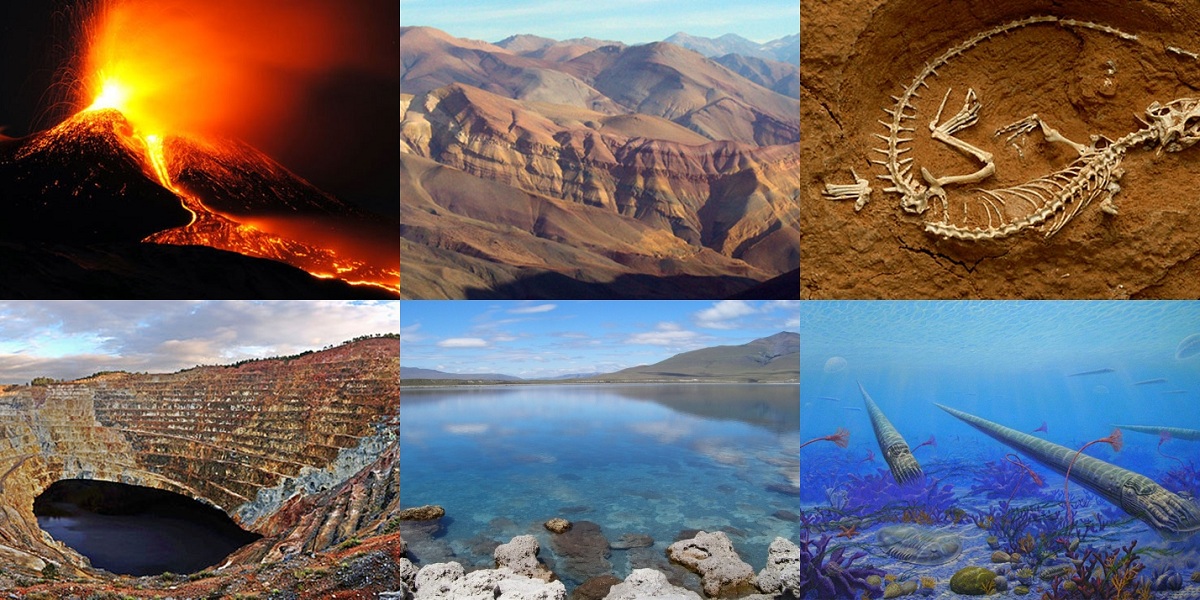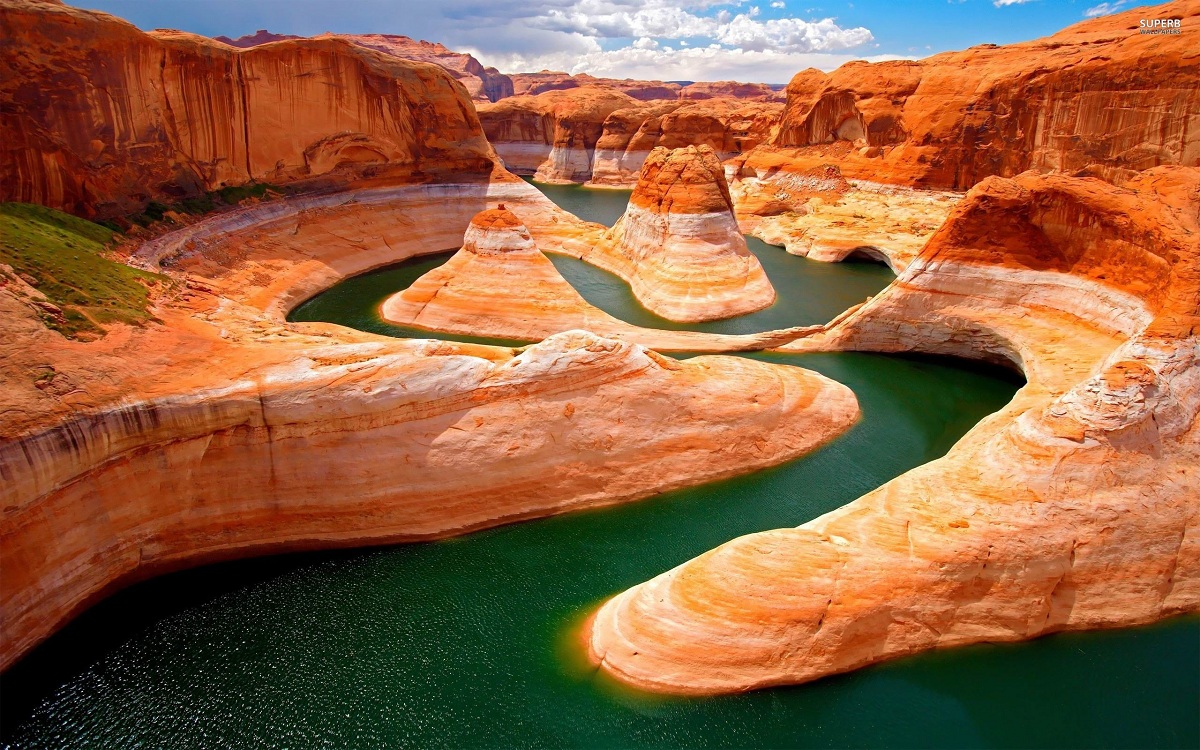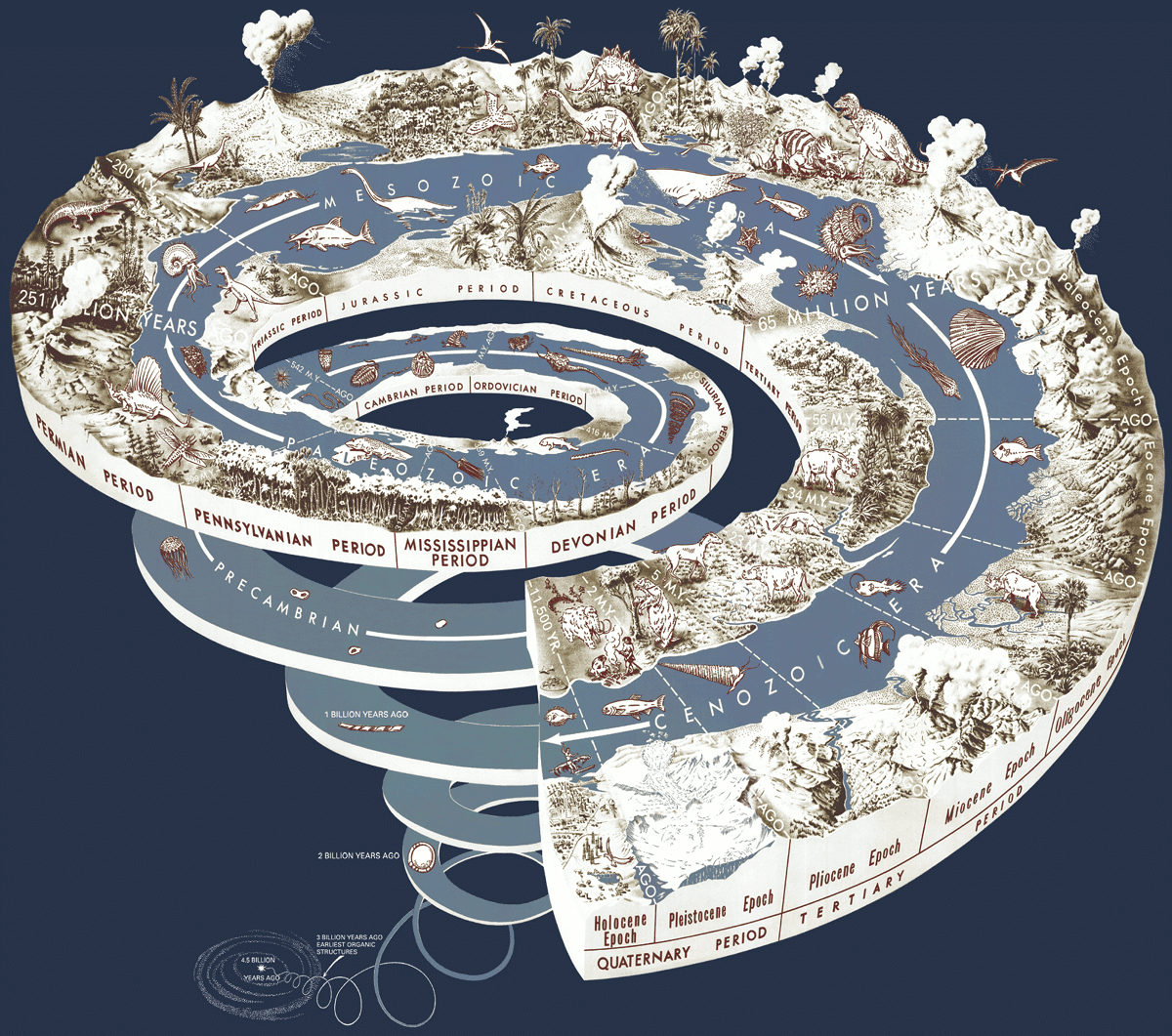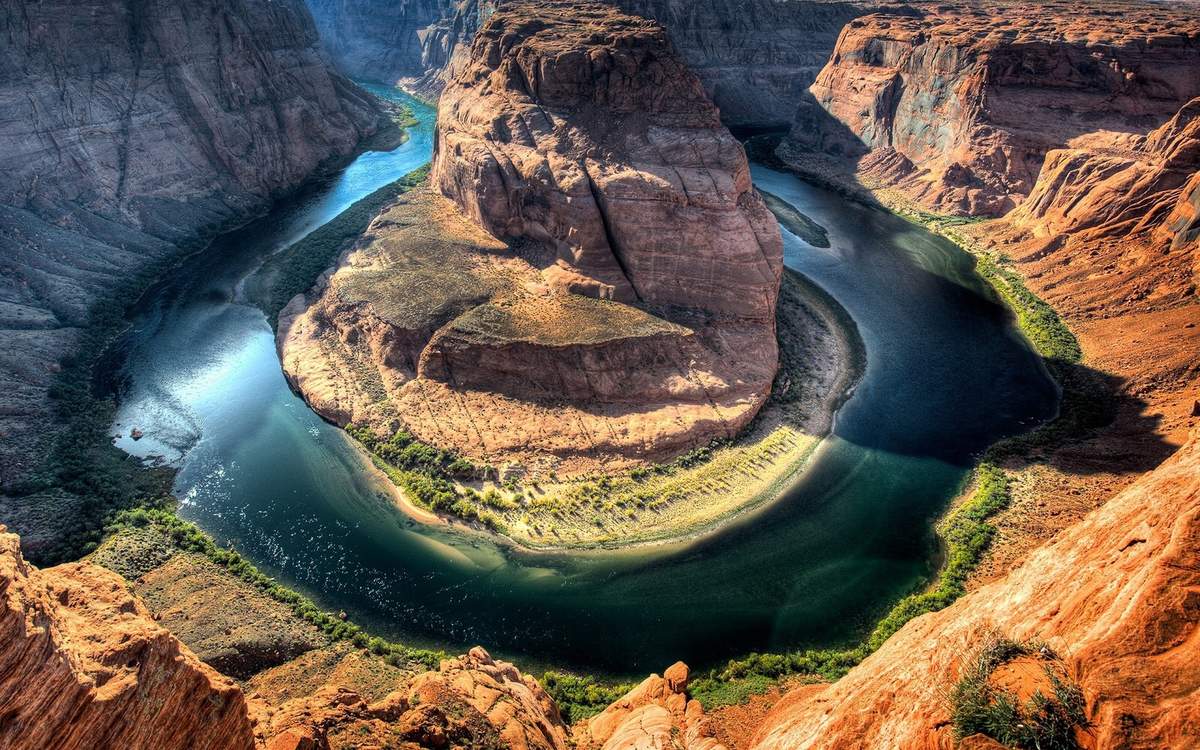
Within the science we know as geology, there is a more specialized branch that is responsible for studying and analyzing all the modifications that occur on our planet. This branch of geology is known by the name of historical geology. This branch aims to study all the changes that are taking place on our planet and that range from its formation to the present.
In this article we are going to tell you about all the characteristics and importance of historical geology.
Key features

This branch of science aims to study the modifications that the geological part of the planet has on Earth since it was formed approximately ago 4.570 million years to the present. As we know, the land relief is not constant over time. Our Earth's crust is made up of tectonic plates. These plates have a movement known as continental drift and that is propelled by the convection currents of the Earth's mantle.
In addition to all the things we have mentioned, there are several geological agents external that is modifying and altering the relief as we know it. This means that the geology of the terrain is not stable over the years. In each it was geological There are numerous geomorphological reliefs and landscapes that have predominated depending on the flora, fauna, climate and other factors on our planet.
In order to determine the time frame relative to each geological change, geologists have relied on the great events that have occurred on our planet. In this way it has been possible to order rocks in a continuous sequence of planetary-scale chronostratigraphic units. It must be borne in mind that since in order to measure the time that occurs on the planet at a geological level, we must count by means of the geological time. This means that the landscape is not going to be transformed in a matter of years, not even on a human scale. A human being usually lives on average about 80-100 years, and during this time the alterations in the relief are not noticeable.
Historical geology and geological processes

Historical geology is the branch that tries to analyze each of the geological processes and events that have occurred throughout the geological history of the planet. These geological events are recorded in the rocks. This is how we can obtain the authentic memory of the planet so to speak. It is valuable information that reveals to us how the geological landscape of the planet has evolved.
The main job that geologists studying historical geology have is to date and date all these processes along the geological time scale. These geological processes have slowness as their main characteristic. As we have mentioned before, these geological processes do not occur in a matter of days, months, or even years. They are given from thousands and millions of years. This slowness can leave a sensation of staticity and permanence for the human eye. although it is true that there are geological processes that occur more suddenly. An example of this is a volcanic eruption, an avalanche, an earthquake, among others.
These geological processes have a speed that can be perceived on a human time scale. In addition, they are processes capable of altering the terrain of a relief in a conditioning way for a long period of time. Previously it was thought that our planet had formed in a period of 6 days and that it had an age that did not exceed 6000 years. This has a lot to do with the Catholic religion and has been denied thanks to the information obtained through the scientific method.
One of the ideas about the formation of our planet was that sudden processes were the only ones that could modify the earth's relief on a long time scale. However, science has shown that external geological agents such as wind, precipitation, weathering, etc. They are the ones that have moderated the earth's surface until reaching the configuration that we currently have. We also know that it will continue to modify the relief continuously and imperceptibly for the human being.
Geological time and historical geology

For this reason we have mentioned that changes in the Earth's relief are not perceptible by human beings, we must always refer to geological time. In other words, a century is a very short time to be able to observe notable differences in the change of land relief. To be able to observe noticeable changes such as for example the course of a river or the retreat of a cliff we must wait approximately 20 centuries. Another change that can be made to the relief is the movement of a glacier tongue or the formation of an external lake.
For all this that we have mentioned, there is a greater difficulty in the studies of the sciences of historical geology since space and time scales must be used from magnitudes that go from very small values to values on a gigantic scale. The unit of time in geology could be said to be one million years. This is a sufficient period of time for important changes to be observed, such as the fact that a river deepens its valley, the coasts can push back cliffs or the mountains destroy the eroded peaks.
Using the scale that geologists use and comparing it with the 24 hours that a day has, it can be determined who more or less an hour would correspond to approximately 200 million years. We compare the geological periods that have taken place throughout the history of our planet and it can be said that the Precambrian eon would correspond to at least 9 hours and the archaic one to 12 hours. The rest known as the primary era is the one that would begin after 21:22.48 p.m. and the secondary era at 37:XNUMX p.m. The Quaternary era, which is where the appearance of the first human beings begins, lasts only about XNUMX seconds.
All this leaves us perplexed when we see that the 2.000 years of maximum human history would only last a tenth of a second, making it clear that for the age of our planet and the times in which geological processes occur, 2.000 years are very short periods of time.
I hope that with this information you can learn more about historical geology.